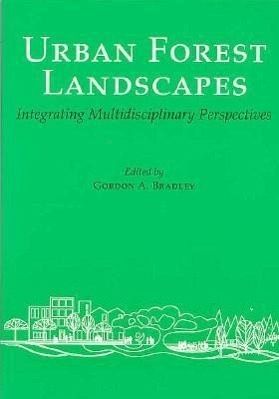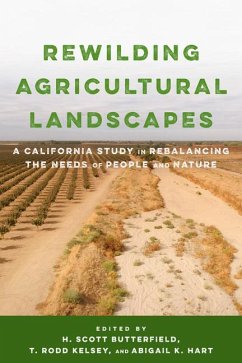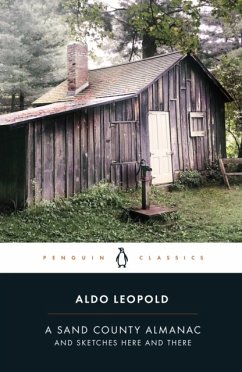
Urban Forest Landscapes
Integrating Multidisciplinary Perspectives
Herausgeber: Bradley, Gordon A
Versandkostenfrei!
Versandfertig in 2-4 Wochen
35,99 €
inkl. MwSt.

PAYBACK Punkte
18 °P sammeln!
The goal of urban forestry is to understand the ecological, institutional, and human issues at work in the urban landscape. Urban forestry is a comparatively new field within the academic discipline of forestry, and is closely allied to several scientific disciplines as well as the social sciences. Professionals in the field are called upon to provide scientific information and guidance, and to justify in economic, social, and environmental terms the value of the urban landscape in relation to other uses of the land and other needs of the city. The multidisciplinary approach of this book recog...
The goal of urban forestry is to understand the ecological, institutional, and human issues at work in the urban landscape. Urban forestry is a comparatively new field within the academic discipline of forestry, and is closely allied to several scientific disciplines as well as the social sciences. Professionals in the field are called upon to provide scientific information and guidance, and to justify in economic, social, and environmental terms the value of the urban landscape in relation to other uses of the land and other needs of the city. The multidisciplinary approach of this book recognizes the dilemma that in the attempt to solve problems by developing landscapes that address specific goals such as fire safety, energy and water conservation, and wildlife preservation, other problems are sometimes created because scientific knowledge is lacking or because not all aspects of the situation have been considered. Urban Forest Landscapes takes a critical look at the current state of knowledge and research in the field, and at how available information is applied in the urban setting. The book includes contributions by twenty specialists. Several articles outline the development of urban forestry in the United States and the use of trees in urban environments in the European and North American cultural tradition. Others consider the environmental setting: the level of scientific knowledge, public policy and perceptions of land management needs, human needs, land use laws and regulations, political and administrative issues, and economic approaches. Another group of articles discuss scenic value, management of greenbelts and forest remnants, wildlife habitat design, energy-efficientlandscapes, water conservation, and fire-safe landscape. A final section focuses on sustainability of urban forest landscapes, both from a conceptual perspective and by presenting two practical case studies of managed forests in an urban environment.












